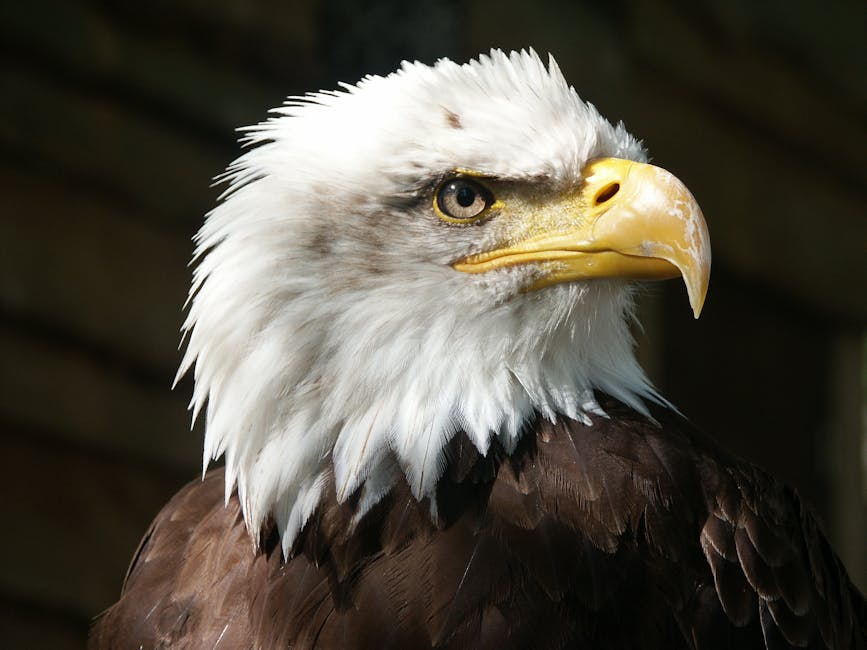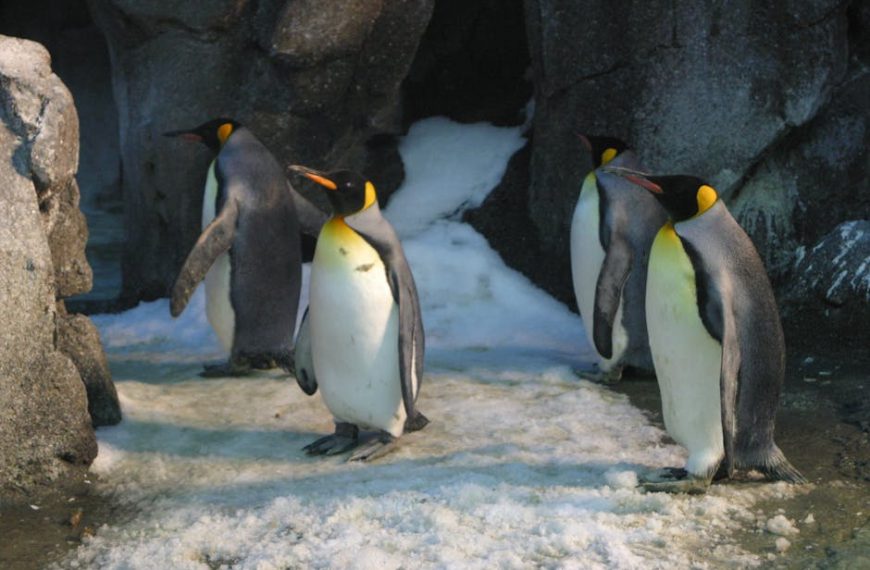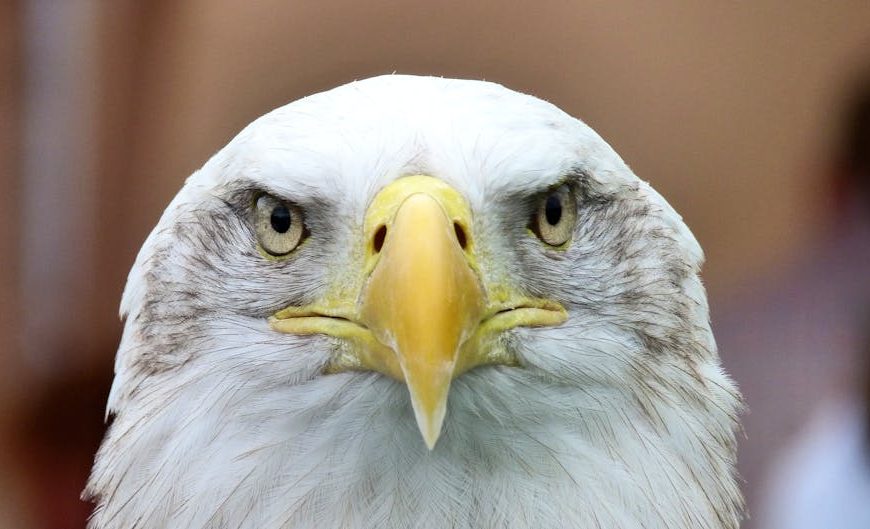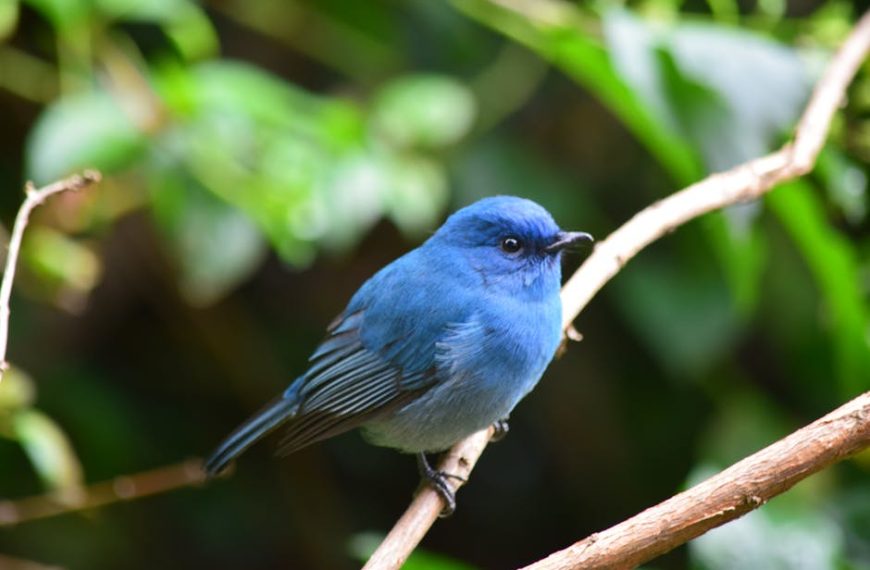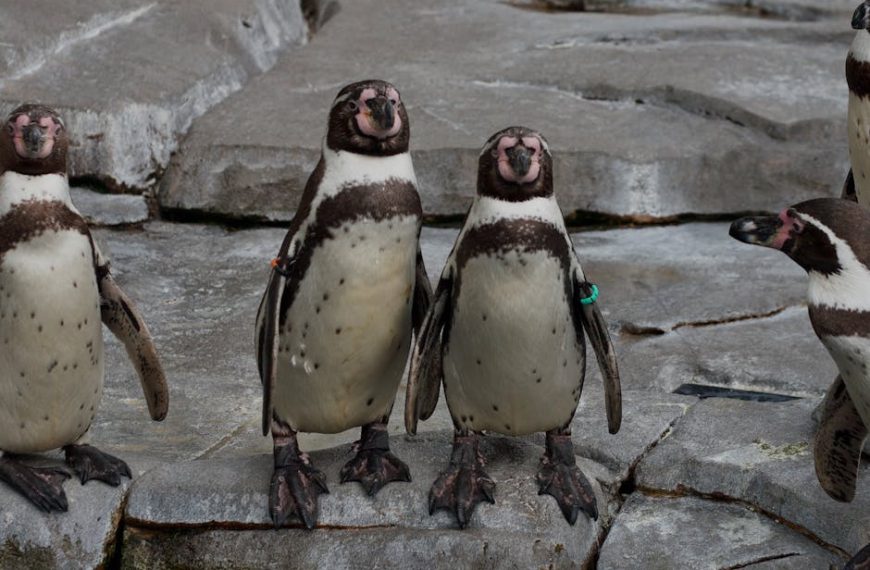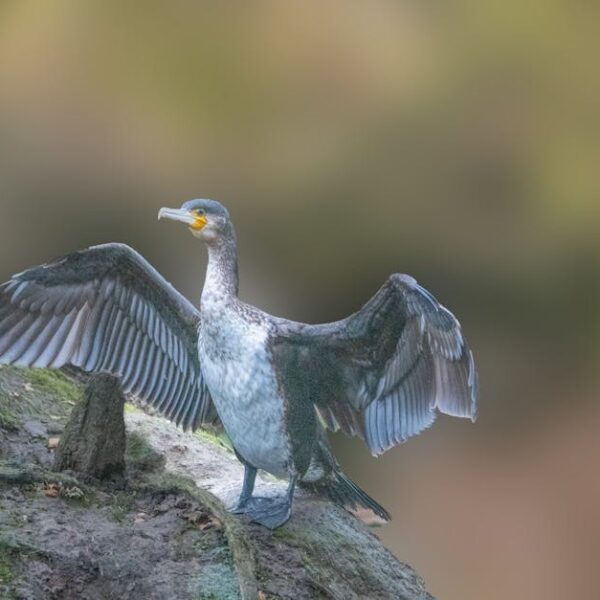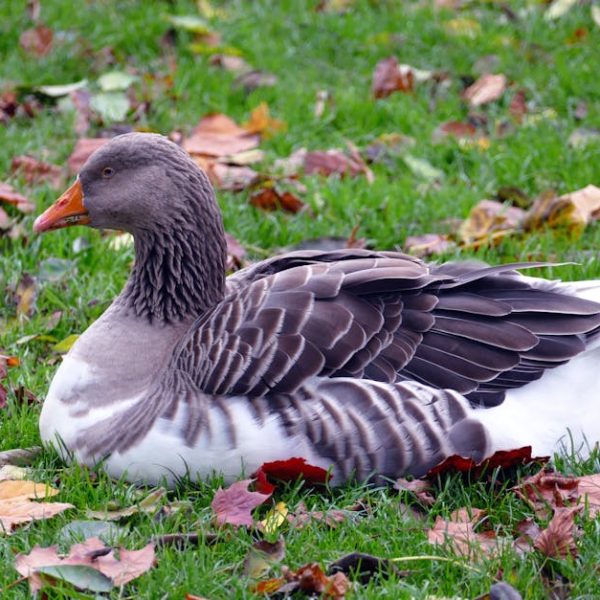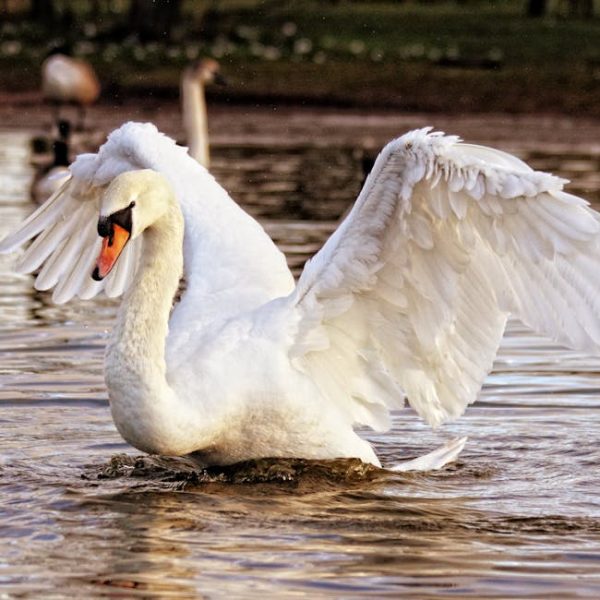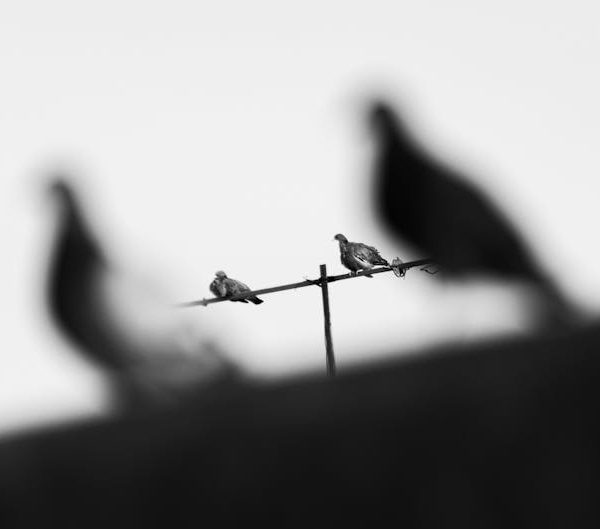Bird-watching, also recognized as birding, is an admired pastime globally, enabling us to connect with nature’s beauty and diversity. Central to this activity is the ability to identify various bird species accurately – a task that isn’t always as simple as it sounds. Notably, the majestic Bald Eagle is often the centre of this confusion with other birds due to their similar physical traits. This article aims to guide you in distinguishing Bald Eagles from similar-looking birds, ensuring that you excel at bird identification.
Understanding the Physical Characteristics of Bald Eagles
Magnificent and sizeable, the Bald Eagle is experts in the art of creating a lasting impression. Physical characteristics such as size, color, beak, talons, and eyes are crucial in distinguishing this species:
- Size: Adult Bald Eagles are typically between 27-37 inches long with a wingspan that can stretch up to 96 inches, making them one of North America’s largest birds.
- Color: In contrast to their misleading name, Bald Eagles are not bald. Adults exhibit a signature look of white head, tail, and brownish-black body.
- Beak, Talons and Eyes: Their large, hooked yellow beak is suited for ripping into their prey, while their powerful talons adeptly grab it. An eagle’s eyes, a bewitching yellow, are keenly sharp.
However, identifying between the sexes can be tricky. Both sexes of bald eagles possess these traits, but generally, females are around 25% larger than the males.
Common Birds That are Often Mistaken for Bald Eagles
Bird species like Golden Eagles, Turkey Vultures, Osprey, and young Red-tailed Hawks share physical similarities with the Bald Eagle, leading to frequent confusion in identification.
- Golden Eagles: Golden Eagles, whose golden-brown plumage on the back of their head and neck gives them their name, are mistaken for Bald Eagles, lacking the latter’s distinct white head.
- Turkey Vultures: While in flight, the Turkey Vulture’s large wingspan and dark body could mislead someone into identifying them as a Bald Eagle.
- Osprey: Also known as ‘Sea Hawks,’ Ospreys are known for their hovering flight pattern before diving for fish, which is similar to Bald Eagles.
- Young Red-tailed Hawks: The brownish body of a young Red-tailed Hawk can fool an untrained eye into thinking it’s a Bald Eagle.
Each of these birds has unique traits that distinguish them from Bald Eagles, which we will dive more deeply into in the next section.
Key Differences Between Bald Eagles and Similar Looking Birds
Correct bird identification is crucial, and this begins with recognizing the key differences between Bald Eagles and other birds.
Keeping an eye out for the following characteristics can assist in distinguishing a Bald Eagle from a similar-looking species:
- Size differences.
- Variation in coloration and plumage.
- Difference in flight patterns.
- Distinctive vocalizations.
Another effective identifier is understanding the behavioural traits of each bird. For example, observe their feeding habits: Bald Eagles frequently scavenge on carrion, while Ospreys almost exclusively fish. These particulars can be game-changers in the correct identification of these birds.
The subsequent part will discuss the typical habitats of Bald Eagles and similar birds, explaining where these birds can usually be found.
Exploring Habitats: Where to Find Bald Eagles and Similar Birds
Understanding the native habitats of Bald Eagles and similar birds is another significant aspect in bird identification. Detailed below are the regional territories of some of them:
- Bald Eagles: They can be found primarily in North America, from Alaska and Canada to northern Mexico. Water bodies with substantial fish populations are their preferred habitats.
- Golden Eagles: Found in the western U.S, they prefer open areas such as deserts, grasslands, and savannas.
- Turkey Vultures: They inhabit both North and South America. Their habitats can range from suburbs to open farmland.
- Ospreys: They have a wide distribution but are typically found on coastlines or near bodies of water that house plenty of fish.
- Red-tailed Hawks: These hawks cover extensive regions in North America, mostly in open country, woodlands, and mountains.
Although they might be seen in overlapping areas, each of them prefers distinct habitat types, providing another marker for accurate identification.
Implications of Misidentifying Birds
Misidentifying bird species, notably Bald Eagles, can have substantial implications for both ecological conservation efforts and local regulations. For instance, Bald Eagles are protected under federal law in the U.S., and accidental harm or disturbance due to misidentification could attract penalties. Moreover, errors in identification can skew data in bird census, hampering effective conservation and management strategies.
Here are some occurrences where misidentification led to conservation challenges:
- Monitoring populations of similarly-looking birds, such as the Red-tailed Hawk and the Bald Eagle, which could negatively affect accurate conservation efforts.
- Inaccurate identification during bird banding research might result in misguided findings and impact future conservation strategies.
- Incorrect data collection in local bird surveys due to misidentification can lead to skewed population data and subsequent conservation plans.
Pro Tips: Achieving accurate bird identification is not solely beneficial for bird watchers; it is also crucial to bird conservation. Here’s what you can do:
- Participate in local bird identification workshops to improve your skills.
- Use bird identification apps and field guides to assist in the identification process.
- Take part in citizen science projects like bird population surveys, contributing to accurate and valuable data.
- Always view birds from a distance, especially ones like Bald Eagles, with regulations protecting them.
Through these measures, you can sharpen your bird identification skills and contribute positively to bird conservation efforts. Remember, precise birding isn’t just about impressing your fellow birders, it also plays a crucial role in safeguarding our feathery friends. Happy bird watching!
Key Takeaway:
- The Bald Eagle, distinguished by its size, colour, and features such as beak and talons, is often confused with similar-looking birds like the Golden Eagles, Turkey Vultures, Osprey, and young Red-tailed Hawks.
- Correct identification, involving careful observation of size, colour variation, flight patterns, and behavioural traits is essential.
- Recognizing the typical habitats of these birds aids in precise identification.
- Misidentification of bird species, particularly Bald Eagles, can impact conservation efforts and lead to violation of protective laws.
Stay curious and patient as you continue your journey in birding. Use this guide to enhance your identification abilities and refine your understanding. Remember, your efforts are not just for enjoyment, but also significantly contribute towards the preservation and understanding of these remarkable creatures.
Frequently Asked Questions (FAQs)
Q: What’s the best way to start birding?
A: The best way to start birding is to equip yourself with a good bird field guide, a pair of binoculars, and patience. Begin with local parks or woodlands, and slowly expand your exploration.
Q: How can I support the conservation of birds like the Bald Eagle?
A: Participating in local bird population surveys, enrolling in bird identification workshops, and maintaining respectful distances from birds, especially those protected by regulations, can greatly assist in their conservation.
Q: Are there mobile apps that can help me identify birds?
A: Yes, there are several mobile apps that help in bird identification by features, vocalizations, and geographical range. Some of these include Merlin Bird ID, BirdNet, and eBird.
Q: Why is it crucial to identify the bird’s behavioural traits?
A: Behavioural traits, such as feeding habits, flight patterns, and mating rituals, can provide critical clues to distinguishing between similar-looking bird species.
Q: What’s the significance of understanding a bird’s habitat in its identification?
A: Knowing a bird’s typical habitat can narrow down the possibilities when you’re trying to identify an unknown bird. Some birds have quite specific habitat preferences, which can be a significant clue to their identity.
Remember to share this article with your fellow birding enthusiasts and explore more posts on our website to keep enhancing your knowledge of nature’s winged wonders. Happy birding!
